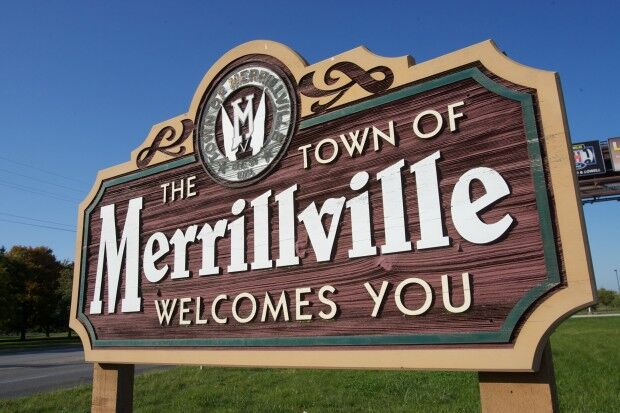The United States Census Bureau and the American Community Survey (ACS) provide population estimates for the United States, states, counties, Puerto Rico, municipalities, places, urban areas, and smaller civil divisions. These estimates include racial populations, which can be broken down into several categories. People who identify as White or have European, Middle Eastern, or North African origins are included in this category. This includes those who report their race as White or entries such as Irish, German, Italian, Lebanese, Arab, Moroccan, or Caucasian.
Those who have origins in any of the black racial groups in Africa are included in this category. This includes people who identify as Black or African-American or report entries such as African-American, Kenyan, Nigerian, or Haitian. People who have origins in any of the original peoples of North and South America (including Central America) and maintain a tribal affiliation or attachment to the community are included in this category. This includes those who identify as American Indians or Alaska Natives or report entries such as Navajo groups, Blackfeet, Inupiat, Yup’ik, or Central American Indian groups or South American Indian groups.
Finally, those native to Hawaii and other Pacific Islands are included in this category. This includes people who declare their race as Fijians, Guamanians or Chamorras, Marshallese, native Hawaiians, Samoans, Tongans, and other Pacific Islanders.According to the most recent ACS data from 2019, approximately 8.7% of Indiana’s population identifies as Black or African-American. This is slightly lower than the national average of 13.4%.
The United States Census Bureau and the American Community Survey (ACS) provide population estimates for the United States, states, counties, Puerto Rico, municipalities, places, urban areas, and smaller civil divisions. These estimates include racial populations, which can be broken down into several categories. People who identify as White or have European, Middle Eastern, or North African origins are included in this category. This includes those who report their race as White or entries such as Irish, German, Italian, Lebanese, Arab, Moroccan, or Caucasian.
Those who have origins in any of the black racial groups in Africa are included in this category. This includes people who identify as Black or African-American or report entries such as African-American, Kenyan, Nigerian, or Haitian. People who have origins in any of the original peoples of North and South America (including Central America) and maintain a tribal affiliation or attachment to the community are included in this category. This includes those who identify as American Indians or Alaska Natives or report entries such as Navajo groups, Blackfeet, Inupiat, Yup’ik, or Central American Indian groups or South American Indian groups.
Finally, those native to Hawaii and other Pacific Islands are included in this category. This includes people who declare their race as Fijians, Guamanians or Chamorras, Marshallese, native Hawaiians, Samoans, Tongans, and other Pacific Islanders.According to the most recent ACS data from 2019, approximately 8.7% of Indiana’s population identifies as Black or African-American. This is slightly lower than the national average of 13.4%.





